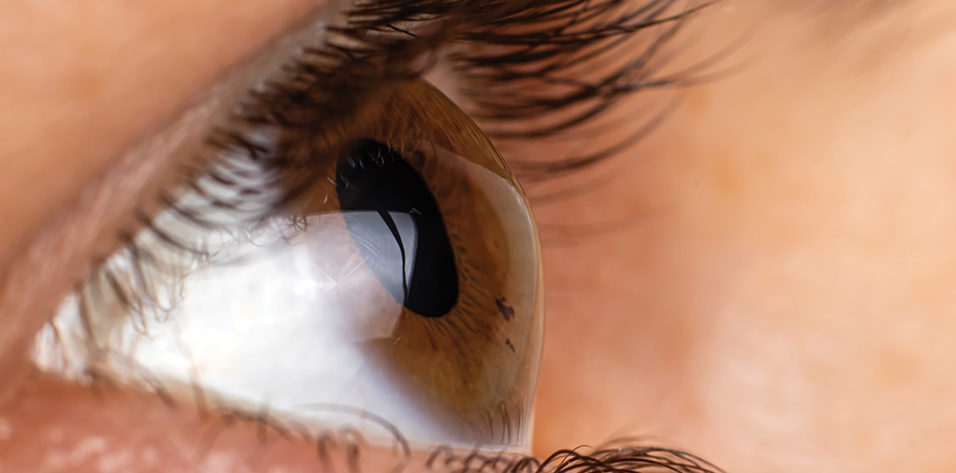Keratoconus is a condition that affects the cornea. The cornea progressively changes its dome-shaped front surface and becomes more and more conical. The cornea acts as a lens and focuses light onto the retina in our eyes. As the cornea’s shape changes, it no longer serves this purpose. This results in blurred vision.
Most people with keratoconus have both eyes affected, though one eye is typically affected more than the other. The condition typically develops between the ages of 10 and 25. The condition can progress slowly for up to a decade.
Keratoconus can be treated with soft contact lenses or glasses in the early stages of the disease. Later, you may have to be fitted with rigid, gas-permeable contact lenses or other types of lenses, such as scleral lenses. You may need a corneal transplant if your condition progresses to an advanced stage.
The treatment of keratoconus should not be delayed. It is a progressive condition, and the vision will eventually deteriorate. The earliest we can make a diagnosis and start Keratoconus treatment the better it is for vision rehabilitation.
Risk Factors
There is no known cause of Keratoconus, however, genetics and environment are believed to play a role. Your eye specialist in Dubai can look for signs of Keratoconus during a routine exam. Here are some tips to help you figure out if you might be experiencing symptoms of Keratoconus before you head out to an eye specialist.
Look out for the following risk factors:
- Persistent ocular allergy
- Irregular astigmatism
- Blurry eyesight
- Inability to perform simple tasks, like driving, watching TV, or reading a book
- Blurred or distorted vision
- Increased sensitivity to bright light and glare
- Frequent changes in prescriptions for eyeglasses
- Sudden worsening or clouding of vision
- Having a family history of keratoconus
- Rubbing your eyes vigorously
- Suffering from certain conditions, such as asthma, hay fever, Down syndrome, retinitis pigmentosa, and Ehlers-Danlos syndrome
Keratoconus cannot currently be prevented except by protecting your eyes. Catching it before it does too much damage to your vision is the key to better eyesight.
